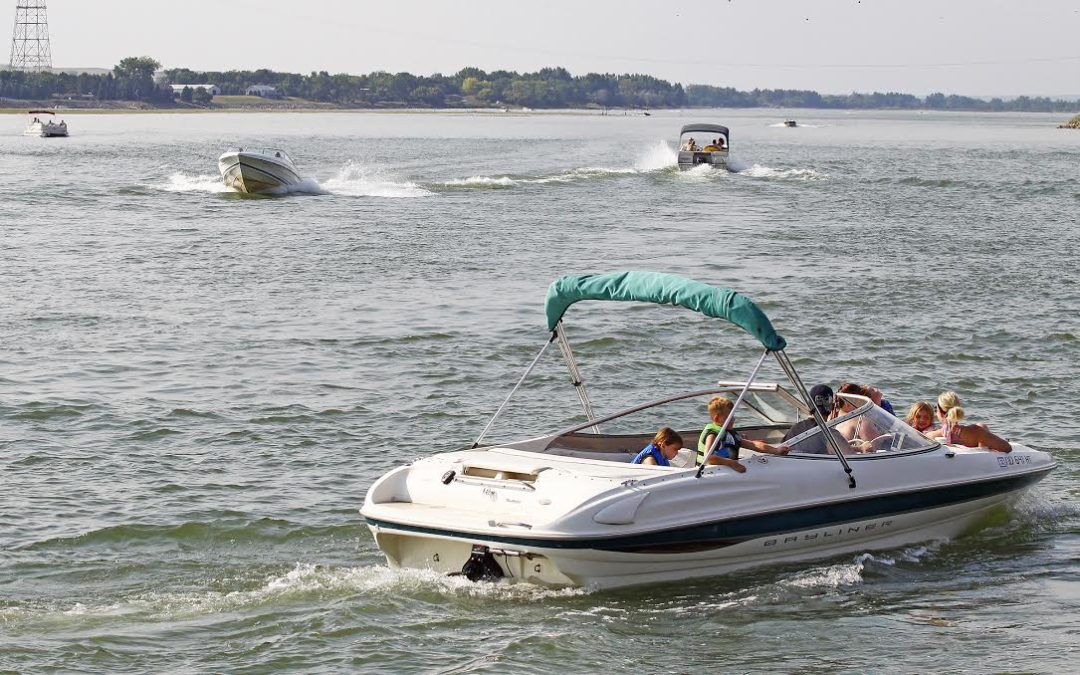No matter where in North Dakota you call home, finding a place to wet a line or relax on a boating excursion is not too far away.
It’s kind of an interesting thought, as the state has more waters than ever to use for all recreation, and we also have more people registering watercraft than ever before as well. In some way, you could say supply and demand seem to both be on the rise.
With a few exceptions, North Dakota’s public fishing waters are also North Dakota’s public boating recreation waters, and we’re entering the time of year when water recreation starts to increase significantly. While we all like to have enough space so we can relax and stay safe, sometimes things can get a little crowded – at boat ramps and out on the water.
Over the past decade or so, the North Dakota Game and Fish Department has received significantly more input from people relaying concerns about boating safety and perceived conflicts.
Sometimes the concerns relate to law violations, and sometimes the activity is perfectly legal, but still considered unsafe or inconvenient by some.
The legal issues are covered in North Dakota’s boating regulations. The full text is available online at the Game and Fish website at www.gf.nd.gov, but here’s a short rundown of some specifics relating to the more prevalent questions and concerns we hear.
- No motorized boat or personal watercraft may pass within 100 feet, at a speed greater than slow or no wake, of a person fishing from a shoreline, a swimmer, a swimming or diving raft, or an occupied, anchored, or nonmotorized vessel.
- Motorized watercraft may not chase or harass wildlife, or navigate through emergent or floating vegetation at other than slow or no wake speed.
- Motorized vessels may not operate in a manner that unreasonably or unnecessarily endangers life, limb, or property, including weaving through congested traffic, jumping the wake within 100 feet of another watercraft, or in any other manner that is not reasonable and prudent.
While many boating regulations put greater responsibility on watercraft traveling at the highest speeds, it’s a good idea for operators of anchored or nonmotorized vessels to avoid high-traffic areas if possible.
And one more note. There is no law or regulation about who has the right to use a certain spot of a lake or river at any given time, but using canoeing into the middle of a busy lake during the heat of the day on a Saturday afternoon may require some caution.
On the other side of the discussion, a personal watercraft buzzing a shallow back bay at sunrise near some early morning anglers wouldn’t likely fall into the category of polite or cordial.
Common sense and good judgment are key players in avoiding conflict on outings where relaxing recreation is the desired outcome. Leier is a biologist with the Game and Fish Department.



